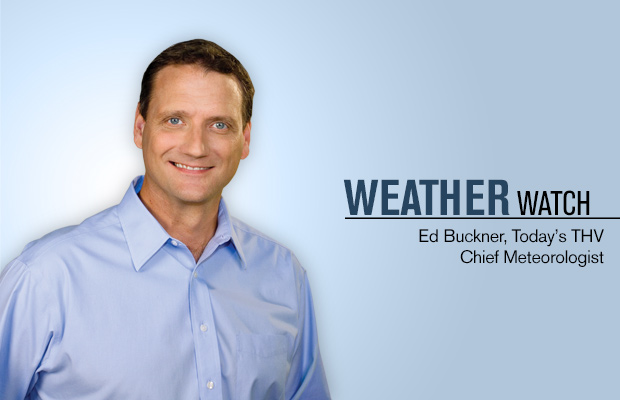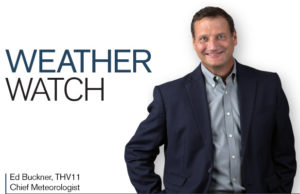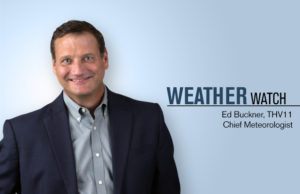Weather Watch: Live Weather Technology

Advances in technology and science continue to improve, making the field of broadcast meteorology even more accurate and efficient. Radar (Radio Detecting and Ranging) is always evolving and now with Dual Polarization Radar, we can actually see the size of raindrops, hail and even forecast flood potential.
Super computers continue to become faster and process more data than ever, making our forecasts from these computer models more accurate as each decade passes. Higher resolution allows more data to be included. I’ve touched on those points before. This article however will focus more on the television side of meteorology.
Things like high-definition broadcasting, forecasts available on internet and hand held mobile devices and social media are in some cases making the 3 minute weather cast you see during the news secondary in some cases.
In my 25 years of television the change in my job duties has become staggering. Before smartphones and the Internet, my job was simple. I would look through difax charts coming through a huge dot matrix printer. These would come through a satellite on the roof and print when the model data was sent from the National Weather Service. After developing a forecast I would start making the graphics that you see on the air behind me.
Computer processors were not very fast. Just to render an animated 7-day forecast took me 45 minutes in 1996. That’s just one graphic! It would take me 3 hours to build a weather presentation. Then I would do a weathercast at 5, then the same one at 6 and again at 10pm. My 8-hour shift was pretty simple.
Now my weather computer has no rendering. My 7-day graphic takes as long as it takes my fingers to type in the temps and pick out the icons of sun and clouds that I want. In other words, I can prepare my weathercast of usually 8-10 graphics in about 10 minutes. You might think this really frees me up time-wise and make for a pretty easy day. You would be wrong.
These days’ forecasts also have to be delivered to the web, radio stations, Twitter, Facebook and even to our secondary digital channel THV2. These are updated several times a day. My shift is busier than ever before. It’s ironic that faster computers now allow me to do more work on several different platforms other than just my broadcast. Go figure!
The newest product offered through THV-11’s LIVE VIEW MAX weather system is something I’m really excited about. It’s called Max studio and what it allows me to do is to interact with the viewer in a way I’ve never been able to do before.
While on camera, the system allows me to use a telestrator to highlight areas instead of just pointing to them. I can adjust
the camera view by moving my finger across the screen. Graphics can be interacted with to provide even more specific information on various topics. Just by clicking on any city temperature I can now show either past temps or future
temps for that city.
During severe weather, I can now stand in front of the camera and storm track, query, show velocity, lightning and many other severe weather parameters while never losing the connection with the viewer. It’s all done “magically” with my hand and remote controller.
I could have never dreamed how my job and even presentation would change over the years. I’m excited about what the future may bring. I hope I can keep up!









0 comments